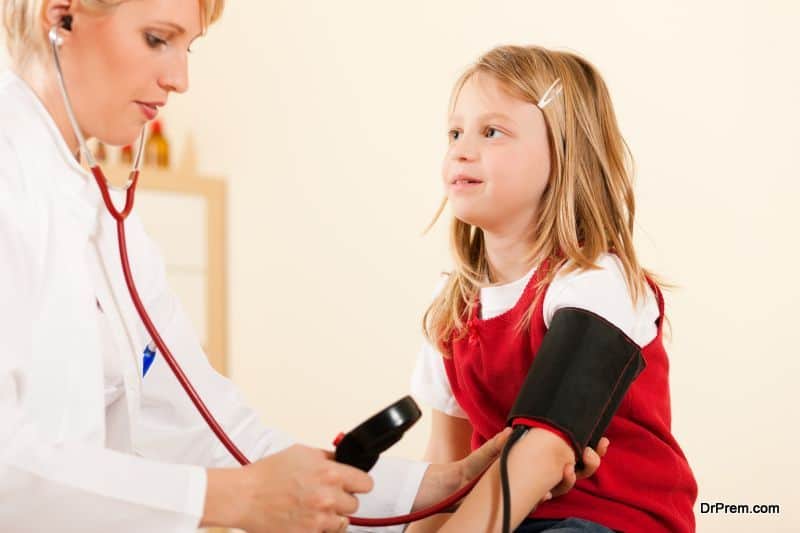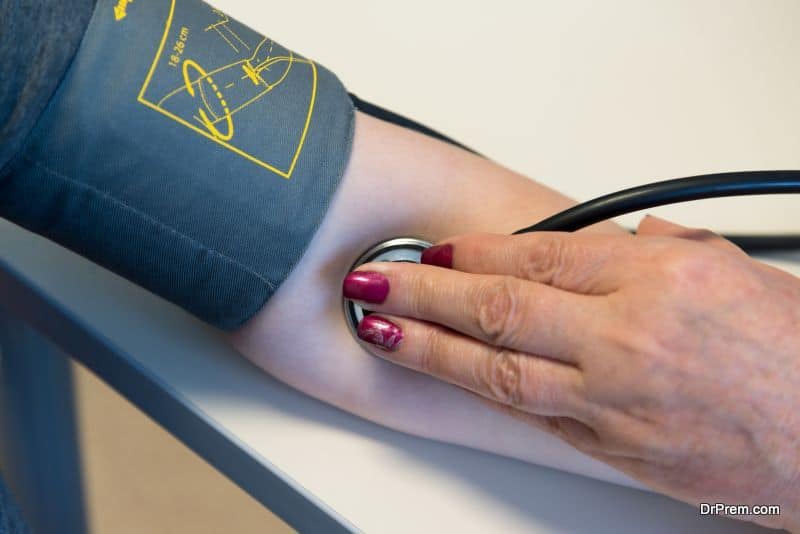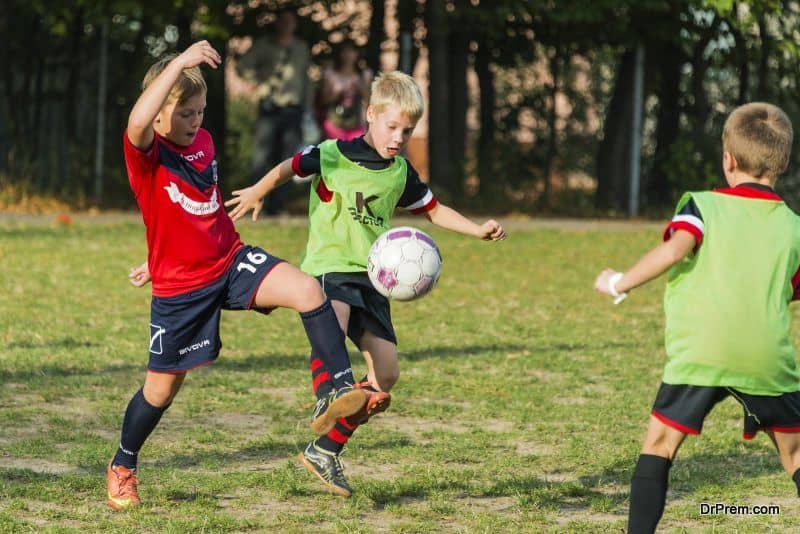Hypertension, today, is not only a concern for adults but for kids as well. It has turned into a primary cause of child distress mortality in the US and in many other nations as well. This leads to a prolonged risk of serious health hazards to which the child is exposed. In the US, there has been a substantial research work on this issue making regularizing data on child blood pressure accessible.
What researches reveal?
There exists a Task Force on BP control in children appointed by the National Heart, Lung and Blood Institute of the National Institutes of Health development standards for Blood Pressure by employing reports developed after carrying out 11 compendiums of over 83000 personal visits of infants and children made up of around equal numbers of boys and girls.
In the year 1987, the percentile curves were first reported with an in-depth analysis of age specific systolic and diastolic blood pressure counts in children where the variations caused by differences in heights and weights were factored in.
In the year 1999, the third report of the Task force was made public which revealed further details on diagnosis and cure for hypertension in children. In the year 2004, the 4th report was published which provided the controlling data and conformed the numbers to growth charts available from the Centre for Disease Control and Prevention for 2000.
Determining pediatric hypertension:
If a child’s blood pressure count is more than the 95th percentile but falls below or equals 99th percentile plus 5 mm Hg, he is a patient of stage I hypertension. However, if the blood pressure count is located within 90th to 95th percentile, it is a case of pre-hypertension.
If the systolic and diastolic pressure leads to an anomalous situation where categorization is concerned, the child’s status should be classified employing a higher value. There is ample medical evidence that many adult hypertension cases had its roots in childhood hypertension, which remained undiagnosed.
Reasons for the rising number of pediatric hypertension:
The primary reason is the increasing obesity among the children. However, the true picture of pediatric hypertension from statistics is yet to be revealed since a significant percentage of obese kids do not undergo any blood pressure screening during routine pediatric checkups. Even those diagnosed with hypertension and pre-hypertension were not duly followed up to maintain a clinical database for future reference.
It is almost definite, that obese kids have a 3 fold risk in developing hypertension than the non-obese kids. Often family history and lifestyle factors contribute to developing hypertension in adolescence.
Risks associated with pediatric hypertension:
Children with verified hypertension run the following risk factors although death and any cardiovascular disability are not commonly observed.
- They are likely to suffer from Left Ventricular Hypertrophy (LVH).
- The wall of carotid vessel gets thickened.
- Changes occur in the retinal vascular system.
- Minute cognitive changes are also observed.
Though verified hypertension and pre-hypertension are asymptomatic, it is imperative to consider it a long term lifestyle ailment of childhood. Overweight kids tend to be pre-hypertensive i.e. currently they may have a normal BP but it is likely to shoot up in case the weight gain remains uncontrolled. A child entering the adult phase ultimately becomes a long term high-blood pressure patient running the risk of complicated cardiovascular diseases and heart attack.
Managing childhood hypertension:
Treatment of pediatric hypertension should be based on a thorough analysis of the causes and then suggest suitable rectifications. The non-pharmacologic approach is normally recommended while in few extreme cases pharmacological and surgical approach may be adopted.
The non-pharmacologic approach has been found to be effective in cases of mild and moderate hypertension cases reducing the necessity of medications. Non-pharmacologic approach constitutes the following:
- Reducing body weight is the prime goal since overweight and obesity are highly linked with hypertension.
- Adopting aerobic and isotonic physical exercises. This not only helps in weight management but also lowers the BP.
- Encouraging kids participate in sports.
- Following a low-fat and low sodium diet.
- Encouraging kids in stress reducing activities like yoga, meditation and bio-feedback.
- Including potassium supplements may also help in reducing high blood pressure in hypertensive kids.
Keeping in mind the golden rule, prevention is better than cure parents are advised to pay attention in maintaining a healthy weight of their kids. From a very early age, kids should be educated towards healthy eating habits. They should be trained to develop a habit of avoiding processed and calorie laden fast foods which would create serious health issues in the long run. Hypertension is often hereditary. Therefore, parents suffering from hypertension need to be more cautious with their kids’ physique to avoid the onset of pediatric hypertension.







